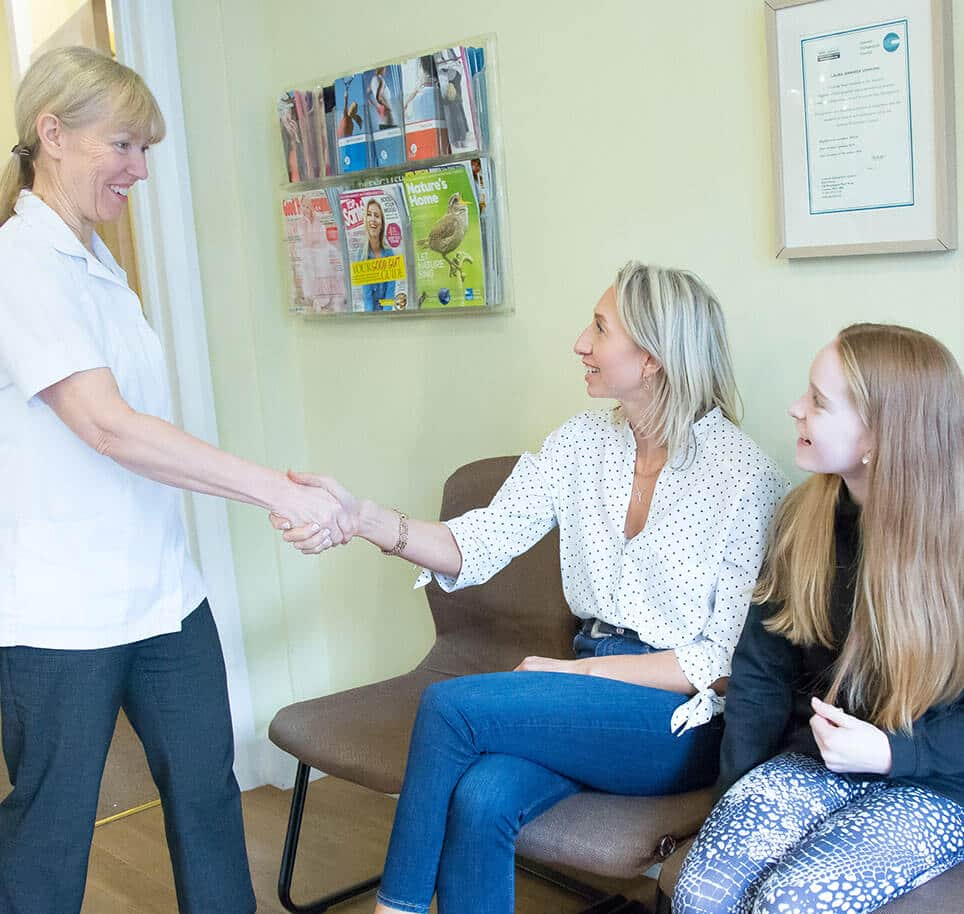New research reveals back pain trends in the South East of England
This BackCare Awareness Week (8 – 12 October), a local chiropractor offers simple, effective advice for preventing back or neck pain, in light of new research revealing people in the South East are experiencing this pain more frequently.
The consumer research, undertaken by the British Chiropractic Association (BCA), analysed trends in back and neck pain over the last five years. The findings showed the proportion of people in the region experiencing pain each week has risen from 37% to 46%.
The most common triggers for back and neck pain, which affects 82% of people in the South East of England, have also changed.
More people in the South East reported that sitting still for long periods of time is contributing to their back pain increasing from 34% in 2013 to 41% in 2018.This is despite regular movement and exercise presenting a simple way for offsetting these triggers for back or neck pain.
Furthermore, the number of people pointing to their job as the cause of their discomfort has risen and now affects 20% of the local population. As a result, many are seeking treatments, including various types of massage and chiropractic care, to alleviate their discomfort.
The most commonly cited trigger for back and neck pain in the region remains lifting and carrying heavy items, for the fifth year in a row.
Laura Simmons from Beckenham and Bromley Chiropractic Clinic and member of the BCA comments on the findings:
“I think many of us will agree that the increasing numbers of people experiencing back or neck pain each week are concerning, especially given how simple it can be to protect ourselves from some of the most commons triggers.
“Our lifestyles are becoming increasingly sedentary both at home and at work – with many of us spending more time sitting than ever before, contributing to people in the region experiencing pain more frequently. For the 46% of adults in the South East who are experiencing back or neck pain on a weekly basis, I would urge you to consider incorporating more exercise and general movement into your routine where you can to help combat the effects of sitting still.”
Clare Metcalfe from Beckenham and Bromley Chiropractic Clinic provides five top tips to get people in the South East of England moving and to prevent back or neck pain:
- Take a break: When sitting for long periods of time, whether you’re at work, driving or catching up on box sets, ensure you stand up and move around every 30 minutes. Simple activities such as stretching and shoulder shrugging can also help to keep your body moving when you’re sitting for longer periods of time
- Stay active:Physical activity can be beneficial for managing back pain, as a stronger body can cope better with the demands you make of it, however it’s important that if this is of a moderate to high intensity that you warm up and down properly to get your body ready to move! If a previous injury is causing you pain, adapt your exercise or seek some advice. Activities such as swimming, walking or yoga can be less demanding on your body while keeping you mobile and helping with dehydration and injury prevention.
- Work in comfort:When at work, make sure your desk is set up to support a comfortable position. This is different for everyone so if you don’t feel comfortable in your current set up, try altering the height of your chair or screen
- Carry with care: While maintaining a strong body can help to prevent injuries, lifting and carrying in a safe way can help to prevent the leading cause of back and neck pain in the South East. Just as an athlete has to train to lift heavier weights, we should all only attempt to lift objects that we are able to without too much strain. If an item is particularly heavy then try to make use of available equipment which can help to take the load off your back or reduce the load to smaller more manageable chunks. Simple precautions like this can make a difference and prevent frequent trips for a first chiropractic visit.
- Straighten Up!: The BCA has created a programme of 3-minute exercises, Straighten Up UK, which can be slotted in to your daily schedule to help prevent back pain by promoting movement, balance, strength and flexibility in the spine
The BCA recommends that, if you are experiencing pain for more than a few days you should seek professional help, for example from achiropractor, who can assess you and help you to get moving again without pain. If you’re struggling with back or neck pain or want to learn about types of massage that might alleviate discomfort, get in touch with a qualified practitioner.
You can follow the BCA on Twitter @ChiropracticUK




